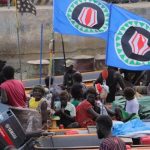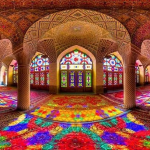The flag of Eritrea was adopted after gaining independence from Ethiopia in 1993, before being slightly modified in 1995. it serves as a powerful representation of the nation’s hard-won sovereignty, and its aspirations for peace and prosperity.
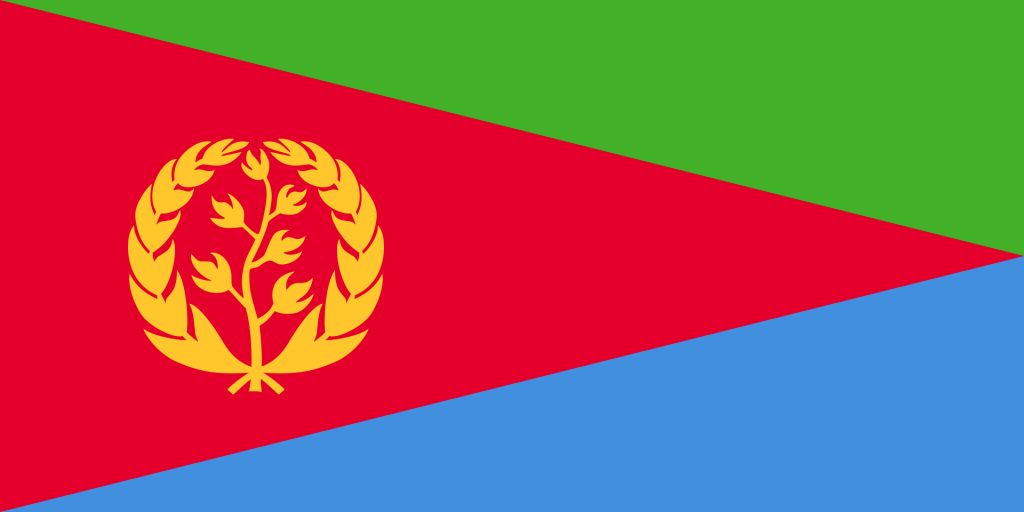
Despite Eritrea’s rich diversity — home to nine distinct ethnic groups and nearly evenly split between Christians and Muslims — the memories of the brutal War of Independence remain fresh in the minds of many. This gives the flag a special significance, with its symbols resonating deeply with Eritreans across all walks of life. It is a ubiquitous emblem within the country and is proudly flown on the international stage, embodying the enduring spirit of the Eritrean people.
Here’s a brief rundown on the flag of Eritrea, the flags used before the country achieved independence, and what the flag represents today.
Table of Contents
Flags used in Eritrea before independence
Before 1993, Eritrea was not an independent nation but rather formed part of various empires, federations, and colonial holdings. The current borders of Eritrea were largely established under European colonialism, when Italy began colonizing the area in the 19th century.
Although Italian rule was far from benevolent, it did solidify Eritrea’s territorial identity and sowed the seeds of a national consciousness. Before Italy’s arrival, Eritrea had been under the control of the Ethiopian Empire, and prior to that, the Ottoman Empire.
While Eritrea certainly had its own distinct cultural elements, the possibility of an independent Eritrean state only truly began to form in the aftermath of Italian colonization. During this time, a unique Eritrean identity began to emerge, which the people would later rally behind in their fight for self-determination.
This period was critical in shaping Eritrea’s modern borders and national identity. Italian involvement began modestly in the late 1860s, when local chiefs sold land around the Bay of Assab to a private shipping company. However, by 1882, Italy had formally brought the territory under its control, gradually expanding until the Treaty of Wuchale in 1889, which defined Eritrea’s borders with the Ethiopian Empire.
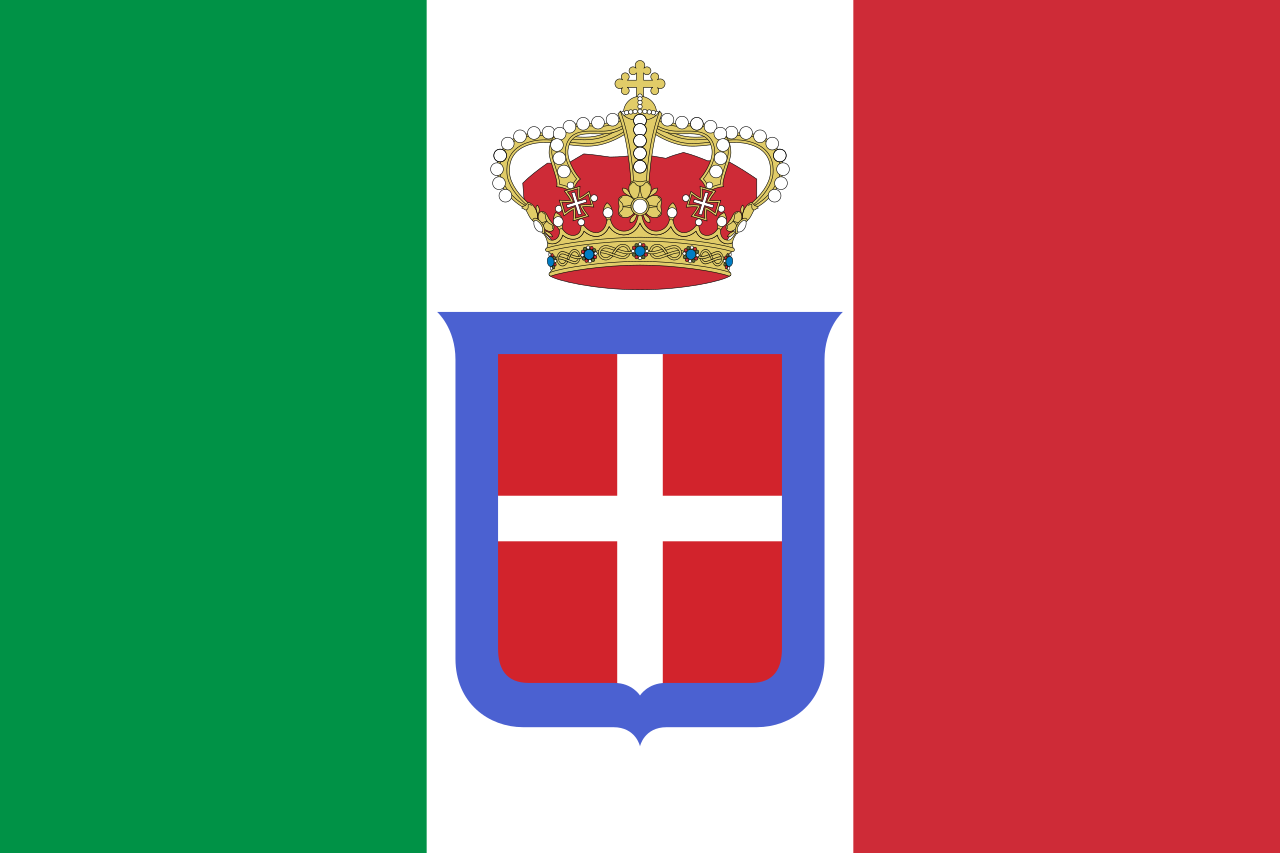
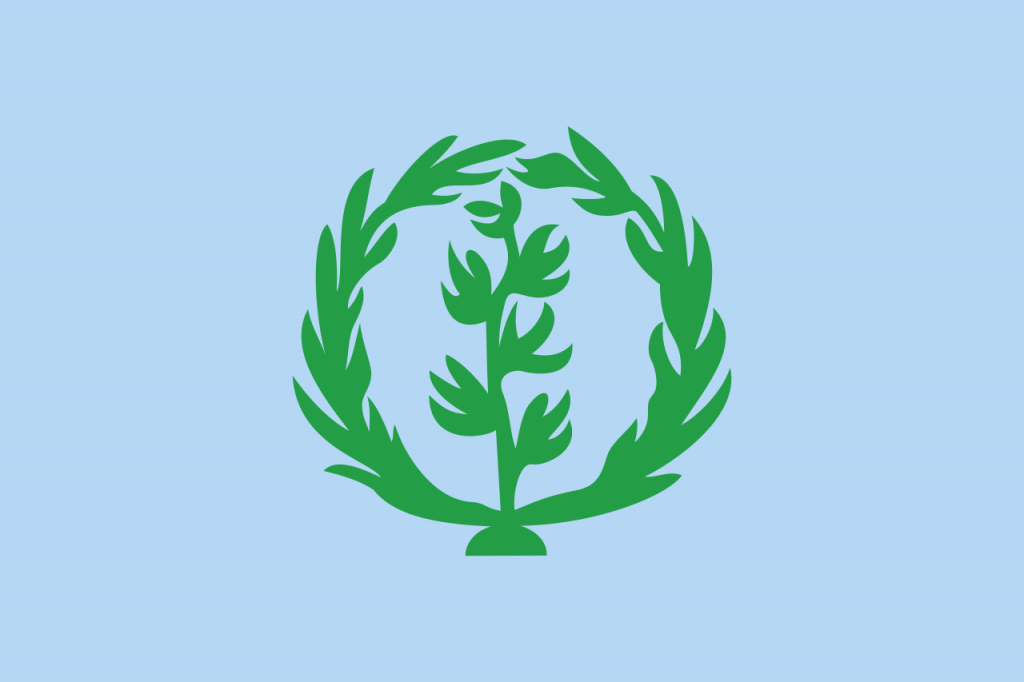
Following Italy’s defeat in 1941, Eritrea found itself in a period of British administration, during which much of its infrastructure was either destroyed or appropriated by the British. This sparked a complex period of transition, as many Eritreans harboured resentment toward British rule, leading to guerrilla resistance in some areas.
By 1952, Eritrea had entered into a federation with Ethiopia, though this union was fraught with tension from the beginning. The Eritrean flag from this era, used until 1961, symbolized a short-lived period of autonomy before the federation was dissolved and Eritrea was fully annexed by Ethiopia in 1962.
This move, which occurred without the consent of Eritreans, sparked the rise of nationalist movements such as the Eritrean Liberation Front (ELF). It also marked the end of the (brief) period where Eritrea was represented by its own flag. Now, it was exclusively the Ethiopian flag that was flown in Asmara.
While initially dominant, the ELF’s primarily Islamic orientation, coupled with support from Arab states, led to internal divisions. By 1973, the Marxist-Leninist Eritrean People’s Liberation Front (EPLF) had emerged as the primary force for Eritrean independence, appealing to a broader cross-section of Eritrean society.
Despite significant advances in the mid-1970s, the EPLF faced setbacks as the pro-Soviet Ethiopian regime received military assistance from the USSR, regaining control of much of Eritrea by 1977.
By the 1980s, however, the EPLF has become the dominant agent for Eritrean independence, and was the body that succeeded in achieving independence in 1993. The flag of the Eritrean People’s Liberation Front would eventually become the design for the modern Eritrean Flag.
The adoption and current Eritrean Flag
In 1993, the current flag of Eritrea was officially hoisted for the first time. However, it was not the first time that a similiar flag had been seen on Eritrean soil!
The flag of the Eritrean People’s Liberation Front (EPLF) was very similar to the new national flag, except that the emblem had been a five-pointed yellow star on the Front’s banner. This was a Communist symbol, as the EPLF was a Maoist and then a Marxist-Leninist movement. It was able to take advantage of the Sino-Soviet split and the Cold War, but shed its Socialist leanings as the Cold War wrapped up.
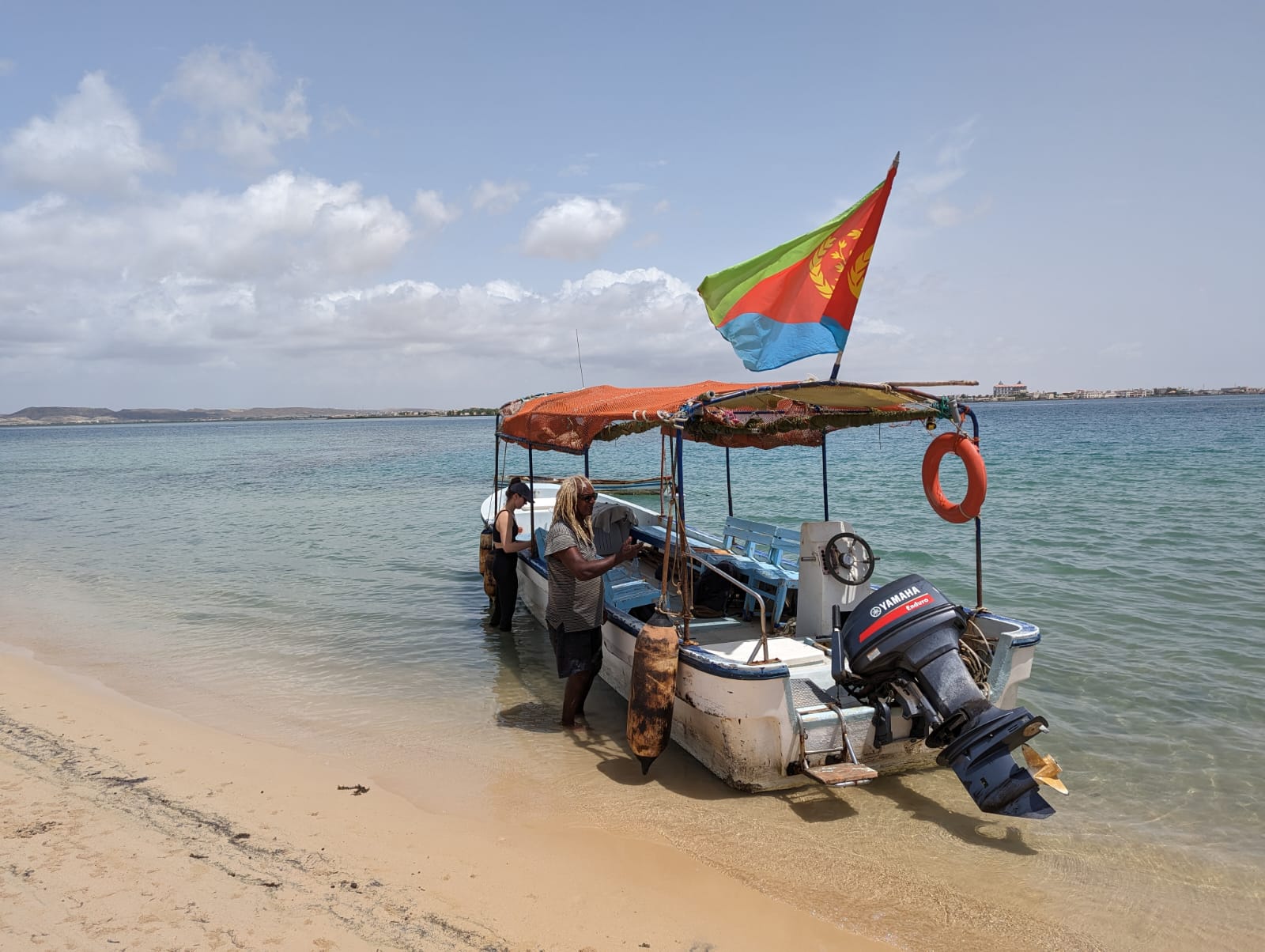
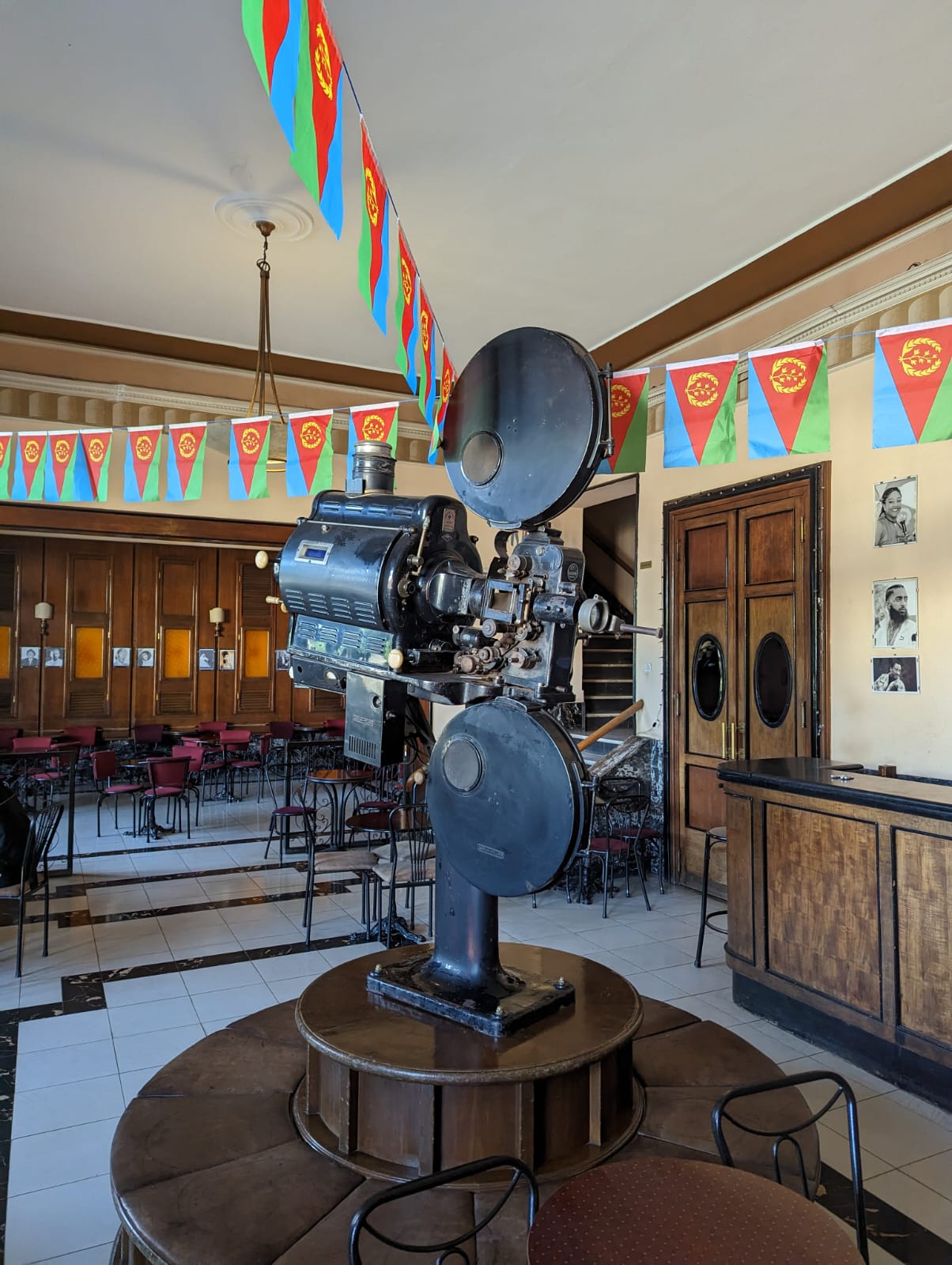
This is why they replaced the star on the flag. The EPLF had (and still have) a stranglehold on power, so likely could have kept the original design should they have wanted to.
The symbolism of the Flag of Eritrea
Eritrea’s Flag – as is likely now obvious given the country’s turbulent history – has a rich and emotive symbolism.
- Bands of Green and Blue: This is for the fertile agriculture and the Red Sea respectively. These are intimately linked, hence why they come together in the flag’s triangular design.
- Band of Red: The red represents the blood shed in the struggle for Eritrean independence.
- The Emblem: In the flag’s centre, there is a golden olive branch encircled by a wreath. The olive branch is the international symbol of peace, dating back to Ancient Greece. This symbol was first used on the 1952 flag under Ethiopian rule, when it was green. Now, it is said to epitomizes national unity and the resilience following decades of conflict. The current flag has thirty leaves, which is for the thirty year war of independence.
How can you see the Eritrean Flag for yourself?
Eritrea is one of our favourite destinations, and we have been running trips here and across the Horn of Africa for years.
From the fascinating art-deco buildings and Italian coffee culture of Asmara, to historical remains from the war of independence and Eritrea’s abundant beauty spots, we offer both budget and comprehensive tours of the whole country.
However, if you prefer a more personalized journey, we also offer private tours tailored to your interests, budgets, and time frame.
For more information, check out our landing page or drop us an email. We’ll see you in Eritrea!




